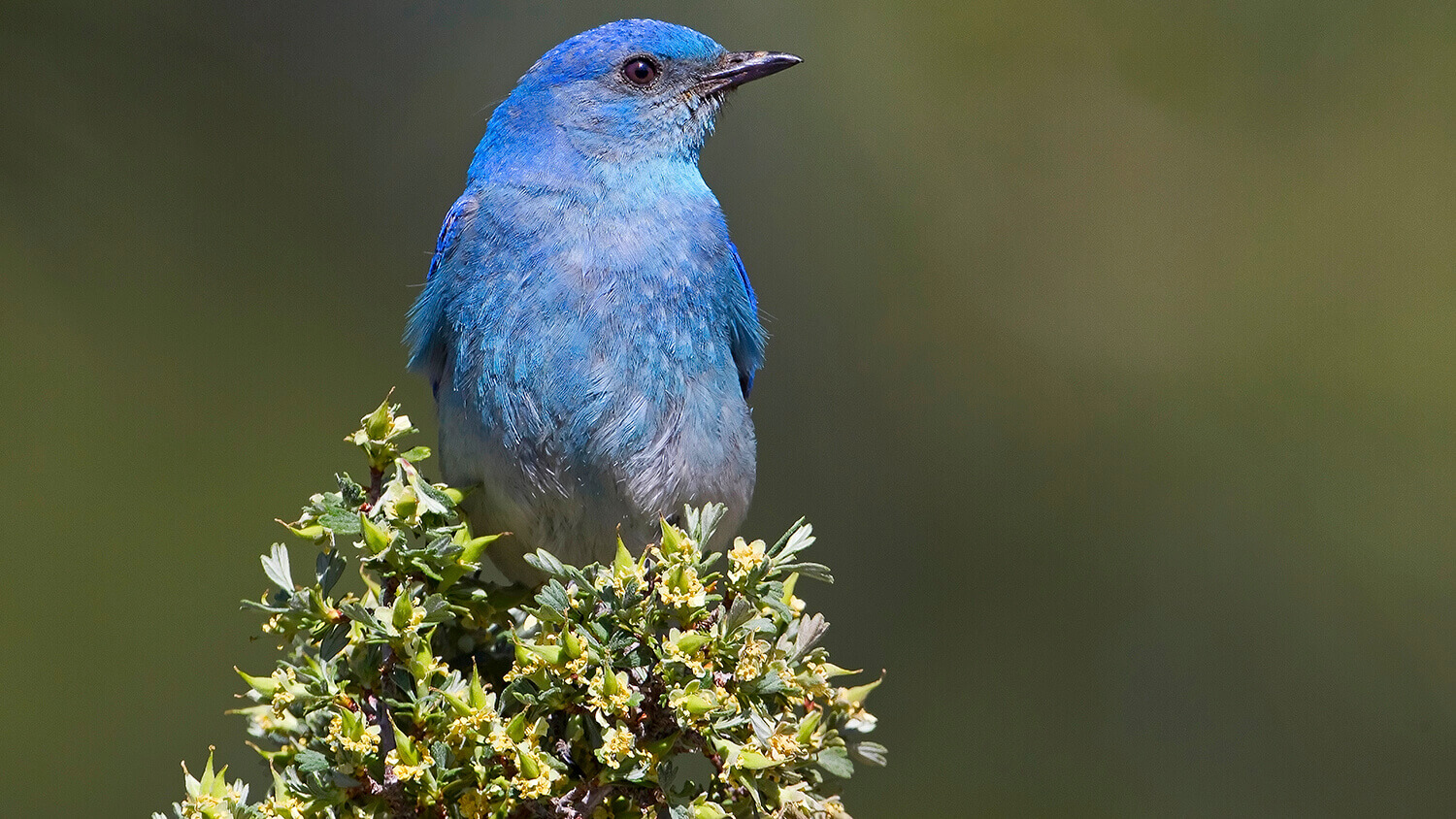
NDOW
12 Icons of Nevada
From creatures, to our most proud-of features, get to know Nevada’s state symbols.
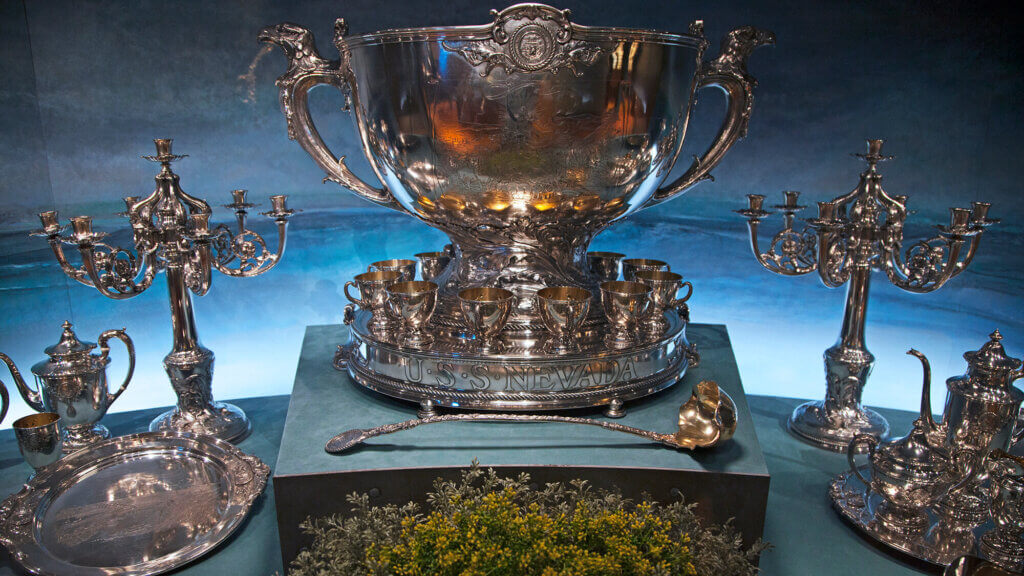
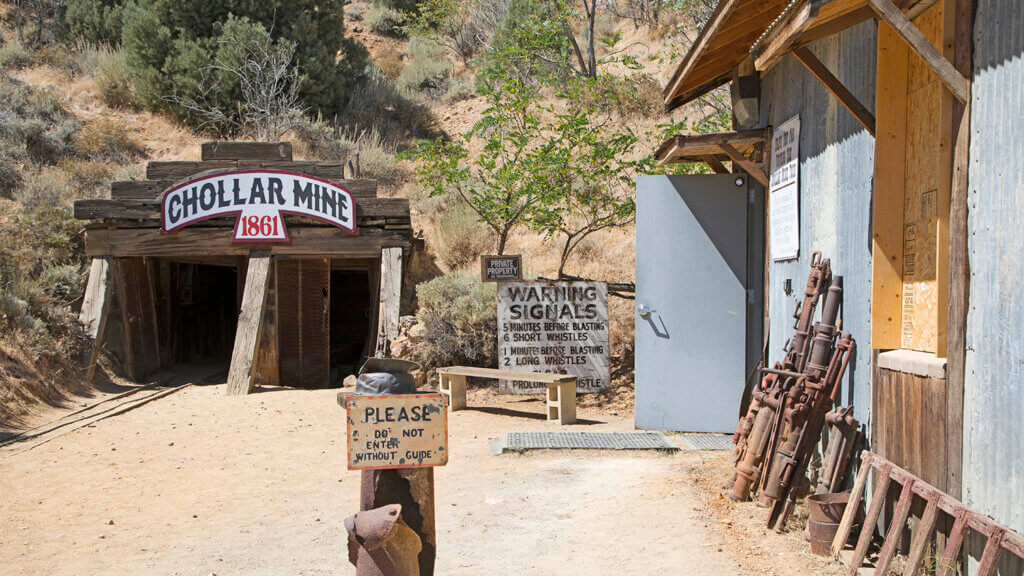
The Silver State
Nevada State Museum-Carson City
Chollar Mine Tour
If you’ve taken a peak around these parts before, or heck, been to Nevada for yourself, you’ll know that Nevada proudly owns the nickname “The Silver State.” The origin of that nickname also tells Nevada’s origin story too, making it all that more mighty. Mining has always led the industrial charge since before Nevada was even a state, dating back to the 1800s. Back when early pioneers were chasing their American Dream and making their way West, many were drawn to, and stayed in Nevada, mining out gold and silver profits. BUT, that came after the mega-enormo 1859 silver discovery in Virginia City—The Comstock Lode was, and still is the largest silver strike ever discovered on planet Earth. While California was experiencing a gold rush, Nevada’s silver strike went full bore, which led to many other discoveries in Nevada, like Austin in 1862, Eureka in 1864, and Pioche in 1869.
Where To See Some Nevada Silver For Yourself
Silver from the Comstock Lode itself created gobs of flatware, platters, goblets, tea sets, other decorative pieces, and of course United States currency at the Carson City Mint in Nevada’s Capital City. Today, the Carson City Mint is the Nevada State Museum, Carson City and proudly displays an impressive collection of items made from Comstock Silver, along with Coin Press #1 that still mints commemorative coins, to boot.
Story goes that before miners realized silver was in fact silver, this “blue clay” was so prevalent that it got in their way of searching for gold and was downright pesky. Some colorful legends from Virginia City claim that early residents used this “blue clay” as mortar, or even to repair potholes. Whether that’s true or not, you can see some of this storied substance in the Chollar Mine Tour in Virginia City to this day.
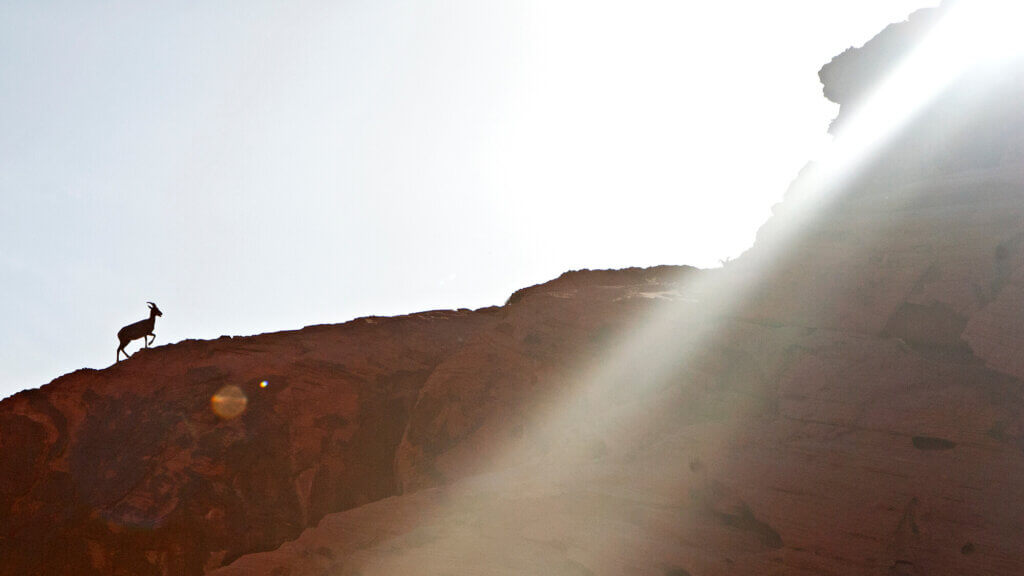
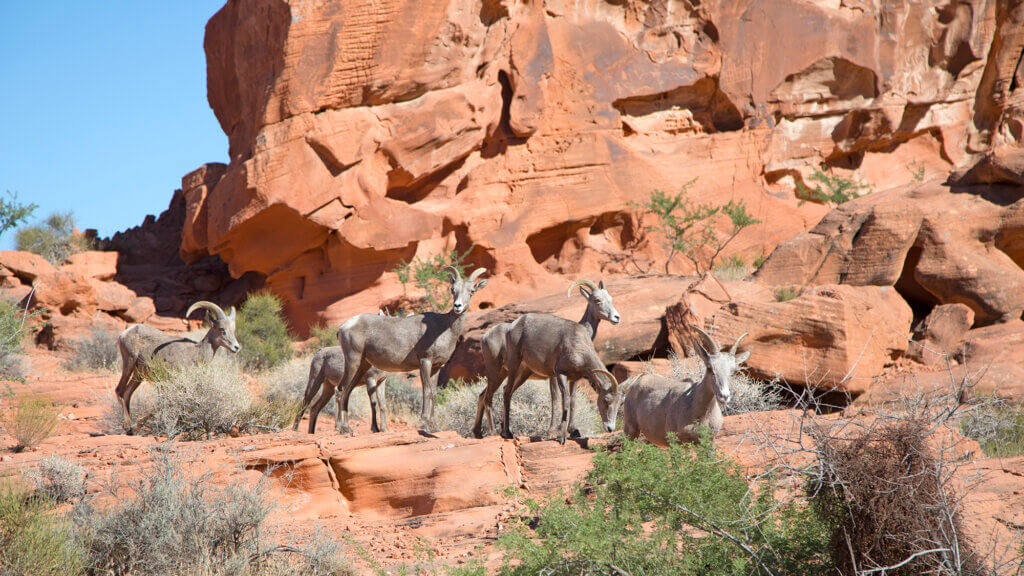
Desert Bighorn Sheep
Boulder City’s Hemenway Park
Valley of Fire State Park
Alta-Toquima Wilderness
There is a serious variety of bighorn sheep found throughout the world, but the Desert Bighorn Sheep—Ovis Canadensis Nelsoni—is the main subspecies you’ll find throughout Nevada. Though native to the deserts of the southwestern United States and northwestern Mexico, the largest chunk of these guys are found in the Mojave Desert, which sprawls into southern Nevada. Though there are enough fascinating stats to spout off till the cows come home, maybe the most interesting thing about these babes is their astonishing resilience.
While most animals found in Nevada’s basin and range tend to have some pretty serious adaptability, the Desert Bighorn Sheep has managed to stick around all this time because they are able to survive extremely bleak conditions for long periods of time. They can survive and flourish in both intensely hot and bitterly cold environments, and endure losing up to 30% of their total body weight while doing so. As if that’s not enough to fog your binoculars up, their bare minimum mastery is also their survival mechanism—they’re built to outlast their predators.
Where To Spot Some Desert Bighorns
Boulder City’s Hemenway Park is popular for its herds of Bighorns, who are routinely drawn to the park to water, graze, and rest.
You’re almost sure to spot one at Valley of Fire State Park. If you can make it happen, try to swing through the park in the early morning, just after sunrise, or later in the afternoon. Temps tend to be cooler, there are less people in the park, and the Bighorns like to come out. Don’t forget to be quiet and look UP… while you’re busy looking for them, they may just be watching you.
There are endless reasons to visit the mysterious Alta-Toquima Wilderness, and the Desert Bighorns are one. It’s home to the largest population of Desert Bighorn Sheep in the world at a 12,000+ altitude range… crazy, right?
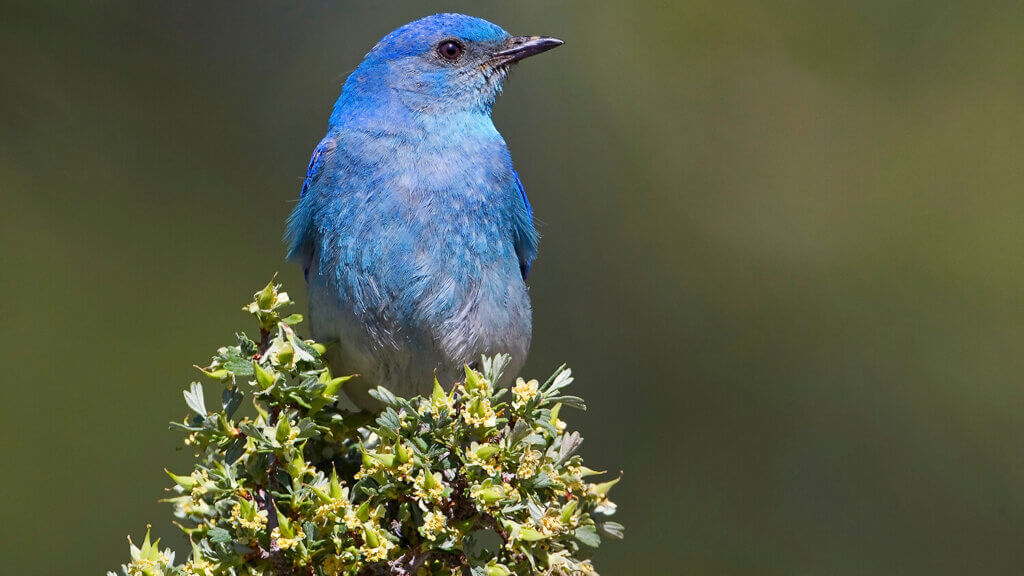
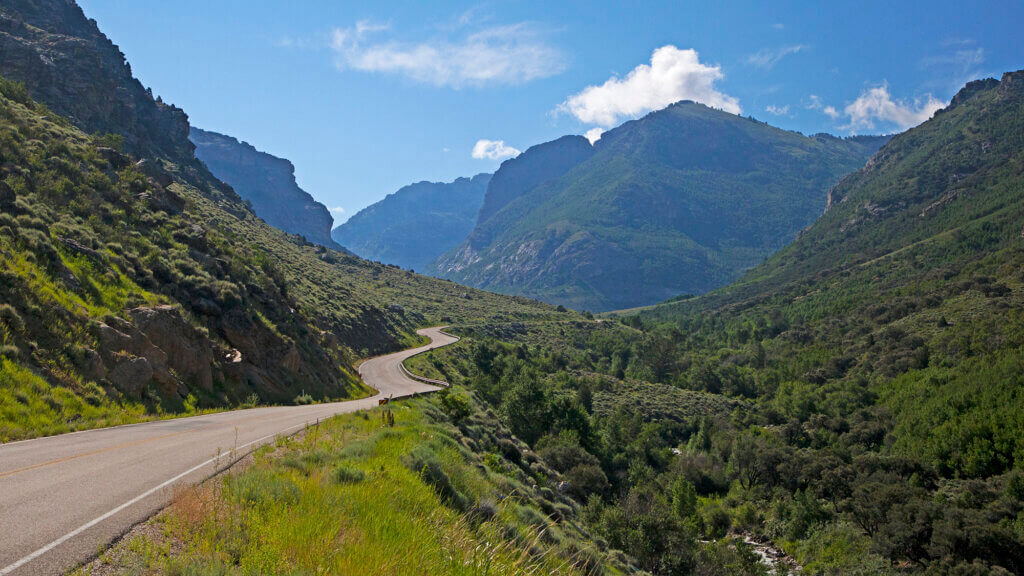
Mountain Bluebird
Most high desert mountain ranges
Lamoille Canyon
Kingston Canyon
Is there a better bird to represent the Silver State than the beautiful little Mountain Bluebird? Nah, we didn’t think so either. Apparently, Idaho agrees with us too, because the Mountain Bluebird just so happens to be the Idaho State Bird, too. The Mountain Bluebird—Sialia Currucoides—loves Nevada so much because of our high-altitude, wide-open spaces, guys. Not to be confused with the Blue Jay, these guys are often brighter azure blue—even turquoise hued—and are a bit smaller in size. Cuter, too.
The 5,000 to 12,000 elevation range is their sweet spot, and they’re drawn to open prairie, sagebrush steppe, and wide open country that provides ideal nesting cavities… so yeah. That’s basically all of northern Nevada. Keep your eyes and ears peeled; the Mountain Bluebird is most vocal at dawn with a short warble similar to the caroling of a robin. Oh, and these guys are fierce, demonstrating hunting mannerisms similar to birds three and four times their size.
Where To Spot The Mountain Bluebird
While traveling in northern Nevada, the Mountain Bluebird will not be a challenge to spot—once you’ve zeroed in on one, you’ll be wondering why you were searching to spot one all this time.
Keep your eyes peeled for these guys while traveling in and around Reno or Elko, but the more you make your way into remote mountain locations, like Lamoille or Kingston Canyon, the more spectacular and “wild” the Mountain Bluebird appears to be.
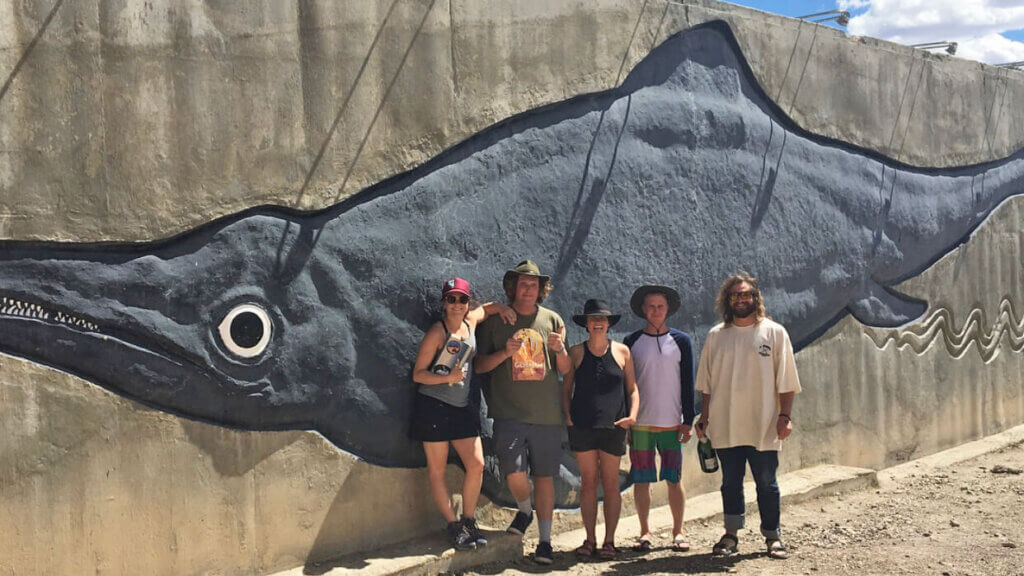
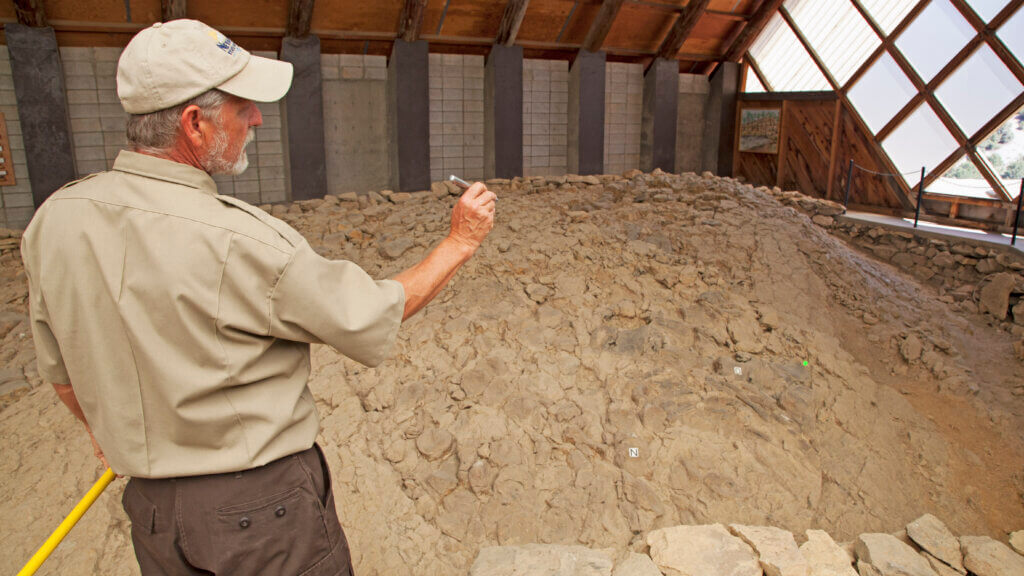
Ichthyosaur Fossil
Berlin-Ichthyosaur State Park
Nevada State Museum-Las Vegas
Travel Nevada Pro Tip
Dino lovers, this one’s for you. Having a state fossil surely isn’t anything new, but when your state fossil just so happens to be a prehistoric mega-enormo dolphin-style dinosaur?? Game changer, to say the very least. The Ichthyosaur—genus Shonisaurus—was found in Berlin Ghost Town, about an hour south of the Loneliest Road in America nearest Gabbs or Ione. And when we say they were found, we’re not just referencing one or two. Though miners here were chasing gold and silver veins, they didn’t realize another worldly repository sat right under their noses. Later, after the town busted, it was discovered that the largest concentration of Ichthyosaurs in the entire world sat in the hillsides surrounding Berlin. Best yet, aside from having more than 40 of these marine reptile “fish lizard” dinos within Berlin-Ichthyosaur State Park boundaries, Nevada is the only state to harbor a complete Icky skeleton.
Where To Find The Ichthyosaur State Fossil
Cut to the quick and beeline it straight for Berlin-Ichthyosaur State Park, devoted to protecting not only one of the more complete Nevada Ghost Towns, but also the largest concentration of Ichthyosaurs in the world. Housed in the “Fossil House”, check in with a Ranger and get a guided tour for the full lowdown on these fascinating ancient swimmers.
Looking for more inspiration to plan your trip north? Let the Nevada State Museum, Las Vegas bait that hook of yours. Located in Sin City, zero in on an impressive natural history exhibit, with tons of info on the Ichthyosaur front and center.
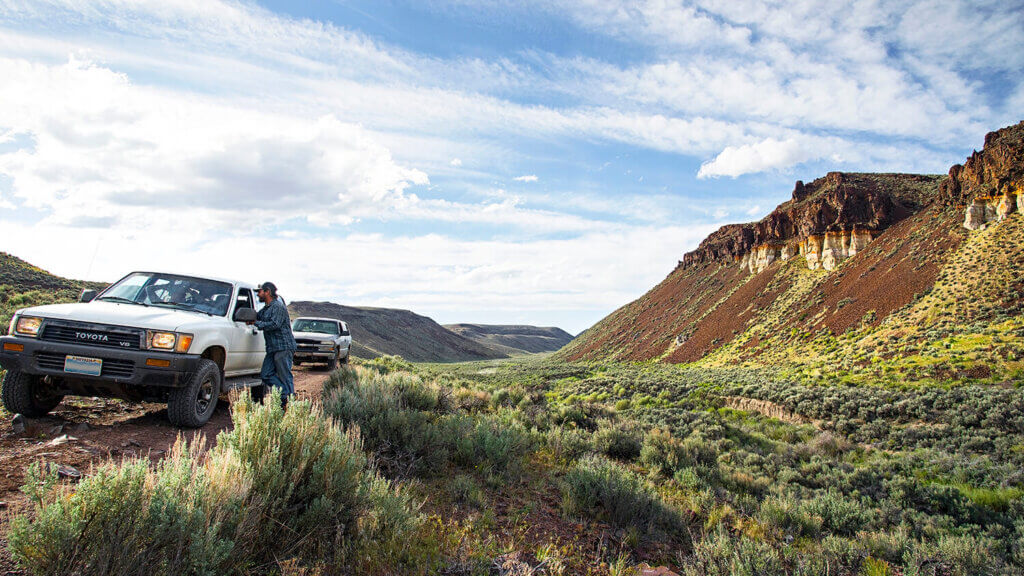
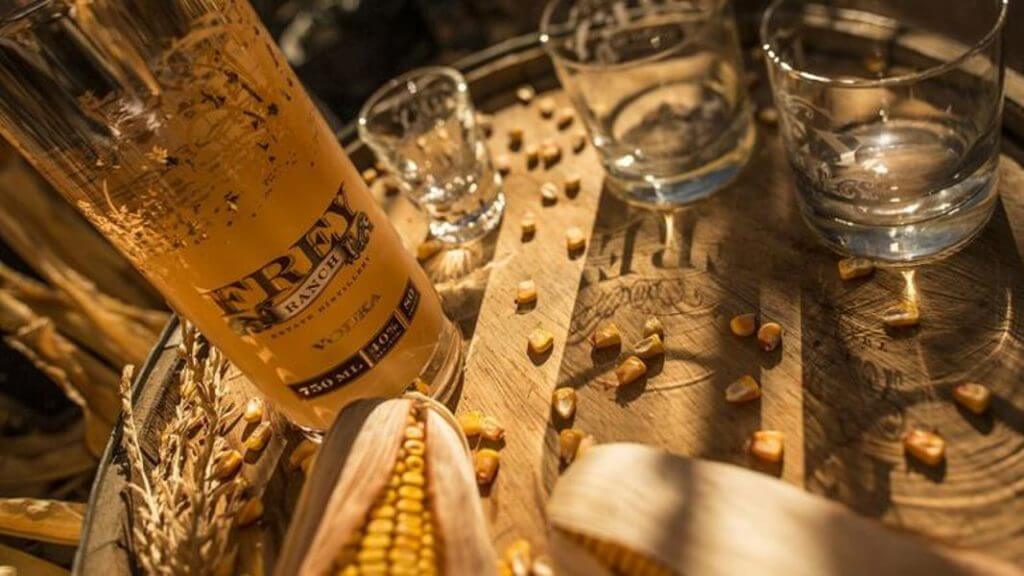
Sagebrush
Statewide
Frey Ranch Farmers + Distillers
If you’re a full on Nevada-phile like us, “Sea of Sage” is a term you know and fiercely love. There’s so much of it just about everywhere you look, it may be tough to come to grips with the fact that Sagebrush—Artemisia Tridentata—is indeed a flower. It has taken over backcountry Nevada because arid, high desert conditions are just right out here, which sets the stage for a plant as hardy as Sagebrush to go gangbusters. Depending on conditions, this silvery gray-green bush has been a fixture of the Nevada landscape for eons, and can grow up to eight feet tall. Designated as the Nevada State Flower in 1917, Sagebrush has a delightfully addicting fragrance—nothing quite compares to the spellbinding scent of Sagebrush after a fresh rain. American Indians have traditionally used the leaves of sagebrush for medicinal purposes, and depending how you look at “medicinal”, the folks out at Frey Ranch Farmers + Distillers have too, using wild sagebrush plucked right out of their front yard to flavor their award-winning gin.
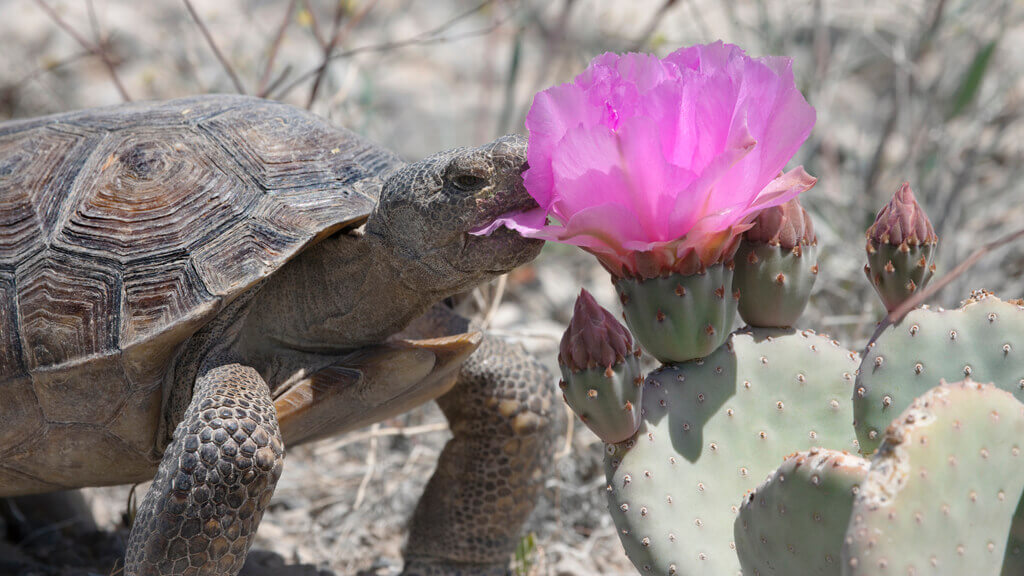
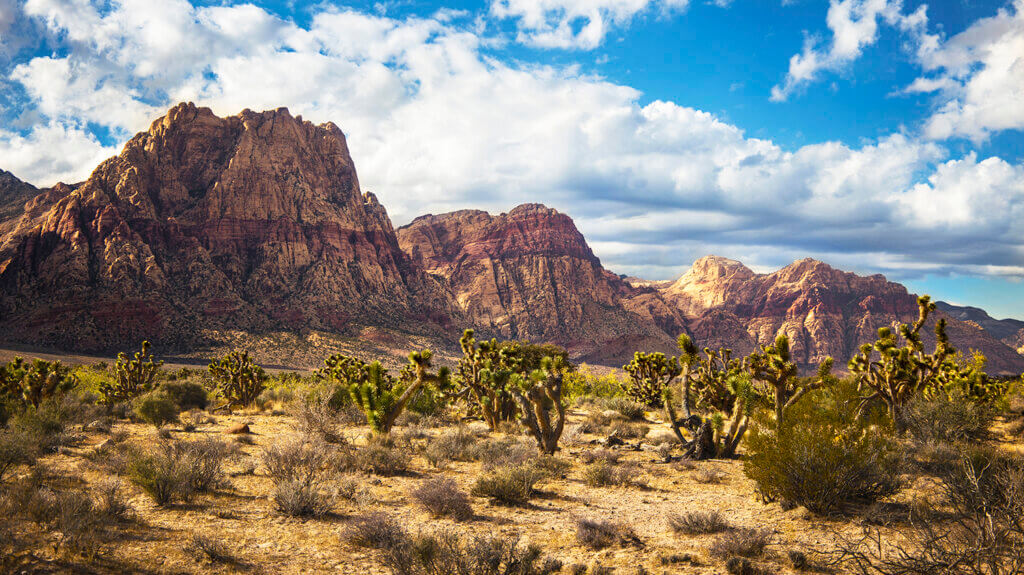
Desert Tortoise
Red Rock Canyon National Conservation Area
Springs Preserve
As the largest reptile in the American Southwest, it should come as no shock that the remarkable Desert Tortoise has earned its ranking as the Nevada State Reptile. Though Desert Tortoise—Gopherus Agassizii—can live longer than some people at 70+ years, there are a lot of factors out there that make it tough for these guys to survive. Lots of people plucked them from their native, wild homes as pets, and habitat loss related to mining, livestock grazing and off-road vehicles have led to a Desert Tortoise population decrease.
Travel Nevada Pro Tip
Good news though: the Desert Tortoise is listed in the U.S. Endangered Species Act, and fully protected. To escape from the drastic range of low desert temps, they spend a lot of time—95% of it to be exact—in their underground burrows. But, as soon as desert flora comes to bloom or there’s a serious rain, the Desert Tortoise will come out from hiding to guzzle down as much water as they can. Here’s a mind-melter for ya: these guys store more than 40% of their body weight in water, and can survive a year or more without access to water.
Where To Spot The Desert Tortoise
Does “Spokestortoise” tickle your fancy as much as it does ours? Well then head for Red Rock Canyon NCA to visit the official habitat of Mojave Max, wildlife ambassador of this spectacularly scenic section of southern Nevada.
The Live Exhibits at the Springs Preserve give guests a firsthand view of how animals like the Desert Tortoise have adapted to the southern Nevada desert.
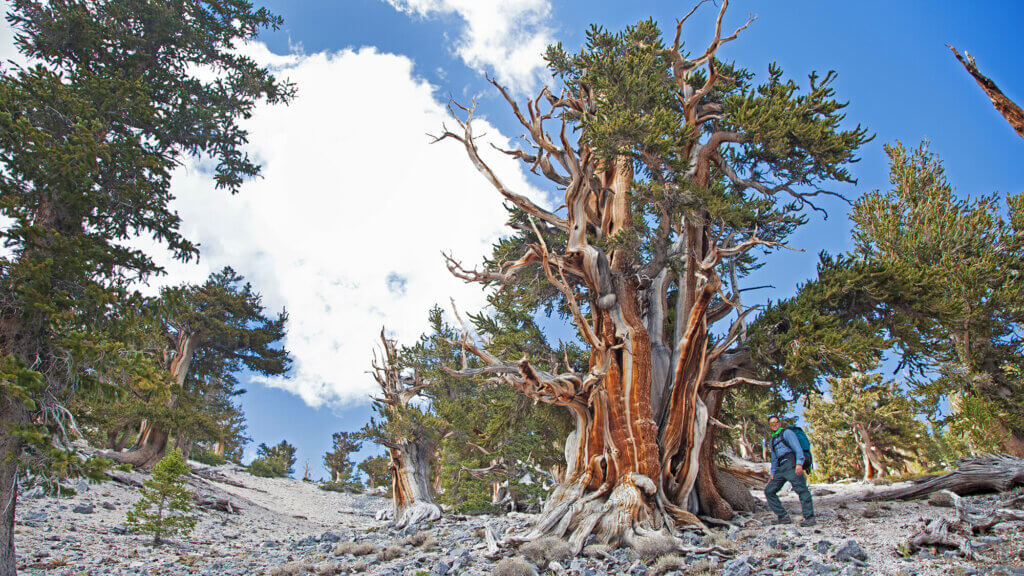
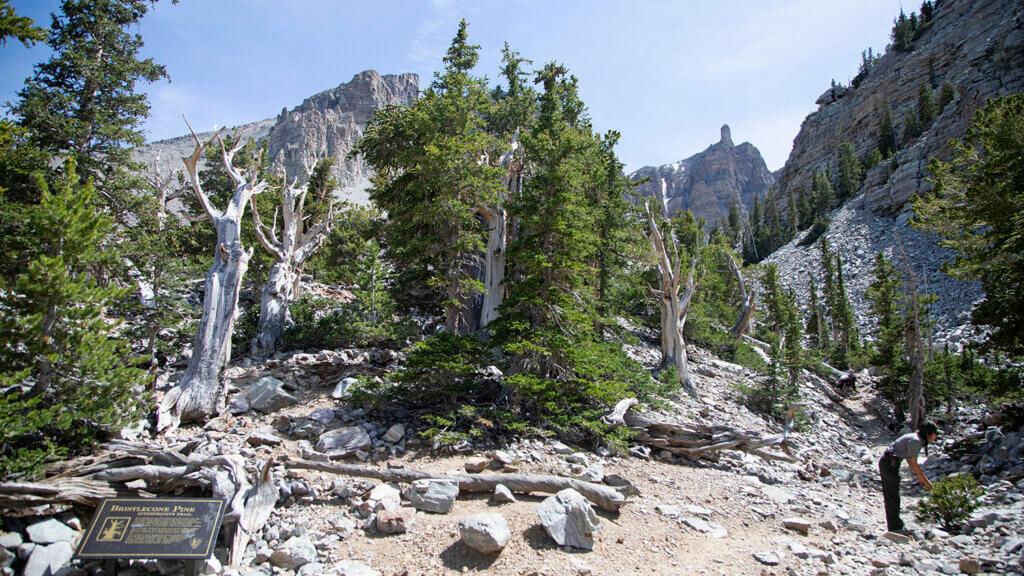
Bristlecone Pine
Great Basin National Park
Mt. Moriah Wilderness Area
Spring Mountain National Recreation Area
What’s the oldest thing in your possession? Most of us have some kind of family heirloom that we covet partially for our family connection to it, and partially for just how old the thing is and swooned after. Imagine your most precious relic and add a cool four thousands years to that bad boy. Now? Now you’re in the right headspace to talk about how important—and old—Nevada’s State Tree is. The Bristlecone Pine—Pinaceae Pinus Balfourianae—is the oldest living tree on Earth, and ranked among the oldest living life forms, to boot.
Known for their uniqueness and hard to comprehend 5,000 year lifespans, they thrive so successfully in Nevada because they like secluded, arid, high-altitude ranges. They do super well where most plants typically cant even grow, and at first glance, are even mistaken to be dead. Many Bristlecone Pines have a sleek, bare trunk, and are known for their gnarly twisted branches that just get crazier the higher you climb in elevation. They produce actual pinecones, and are tipped with claw-like bristles, hence the name Bristlecone.
Where To Spot A Bristlecone Pine
Great Basin National Park is home to three major groves: Mountain Washington, Eagle Peak, and Wheeler Peak groves. Plus, this study—that the Bristlecone Pine is the oldest living tree in the world—was conducted within these three groves. Hike into one of these groves, or hit the Bristlecone Trail, which features a variety of these ancient beauties as it winds its way up to Nevada’s only active glacier.
Though everyone is under the impression Great Basin National Park has the most Bristlecones, the truth is Mt. Moriah—Nevada’s third tallest peak and directly to the north of the park—has incredible, more easily accessible Bristlecones. That, and Mt. Charleston in the Spring Mountains, is home of the largest concentration of Bristlecone Pines in the entire Intermountain West.
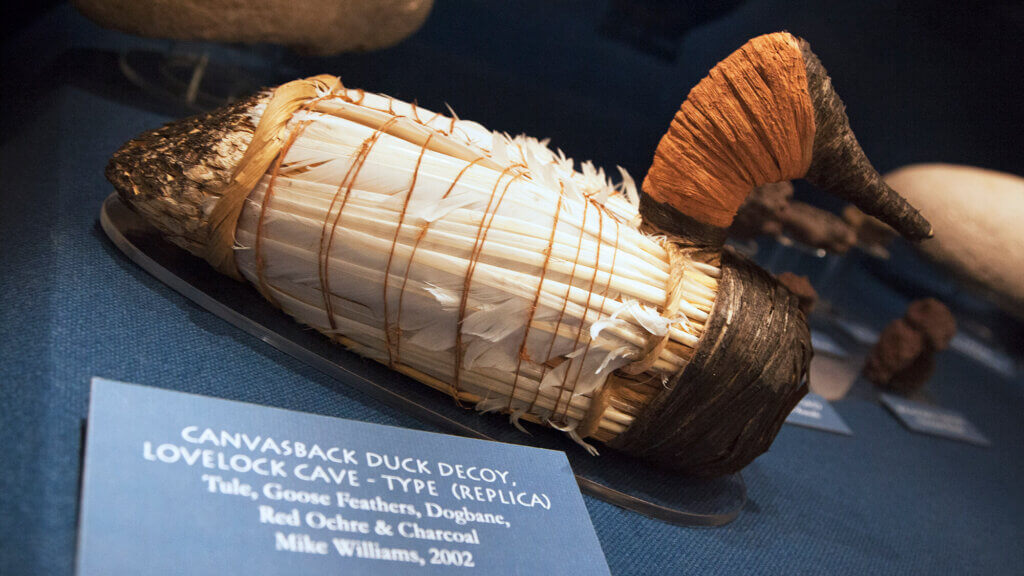
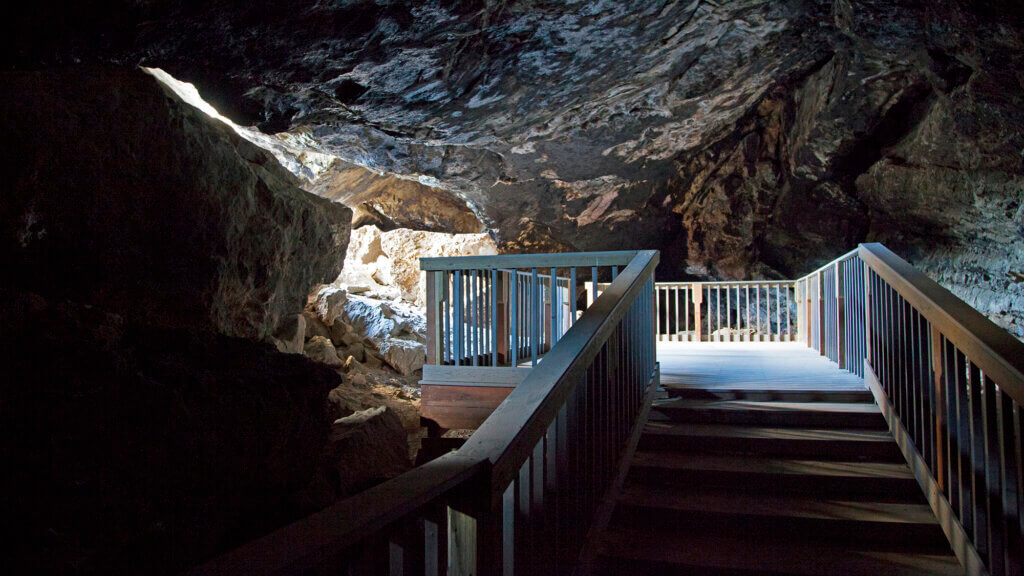
Tule Duck Decoy
Stillwater National Wildlife Refuge
Churchill County Museum & Archives
Nevada State Museum-Carson City
It’s probably safe to say that a guano miner showing up for a day’s work in 1920s Nevada would’ve never suspected to unearth a cache of thousands of American Indian artifacts, and a location that would soon be viewed as one of the most important sites of North American archaeology, right? Right. Though Northern Paiute American Indians had been using Lovelock Cave as a sacred place for many years, it would remain untouched and unknown until 1924 when rediscovered by guano miners looking to excavate untouched caves for bat feces fertilizer. But once rediscovered, the place housed a mind-melting 10,000 ancient artifacts, ranging from human skeletal remains to cultural artifacts… like the Tule Duck Decoy.
Though the artifacts uncovered here earned their spot in places like the Smithsonian and American Museum of Natural History, the Tule Duck Decoy was in a class of its own because it is representative of the American Indians of Nevada’s Great Basin in specific, and nowhere else. Made from bundles of tule stems, shaped to resemble canvasback ducks, the eleven recovered Tule Duck Decoys were untouched for more than 2,000 years and the oldest duck decoys of their kind found anywhere on Earth.
Where To See A Tule Duck Decoy
Great Basin Paiute Mike Williams, inspired by his Creator and his culture, has spent decades crafting duck decoys out of tule reeds, feathers, and other natural resources found around the Stillwater National Wildlife Refuge. Several of Williams’ pieces, are proudly housed in the Smithsonian Museum in Washington D.C., and the Churchill County Museum and Archives in Fallon.
For a fascinating window into Nevada’s American Indian heritage, check out the Under One Sky exhibit at the Nevada State Museum, Carson City.
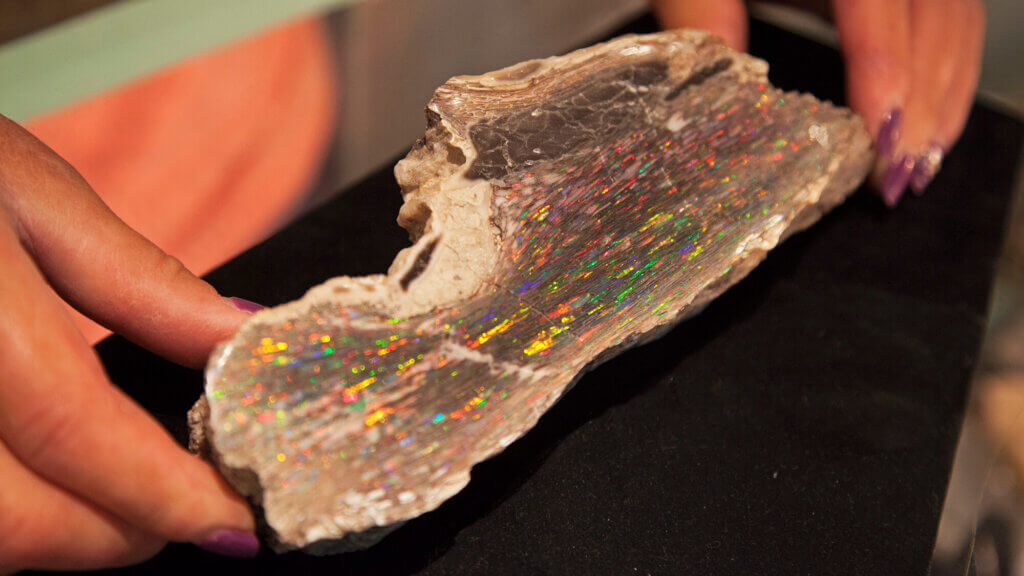
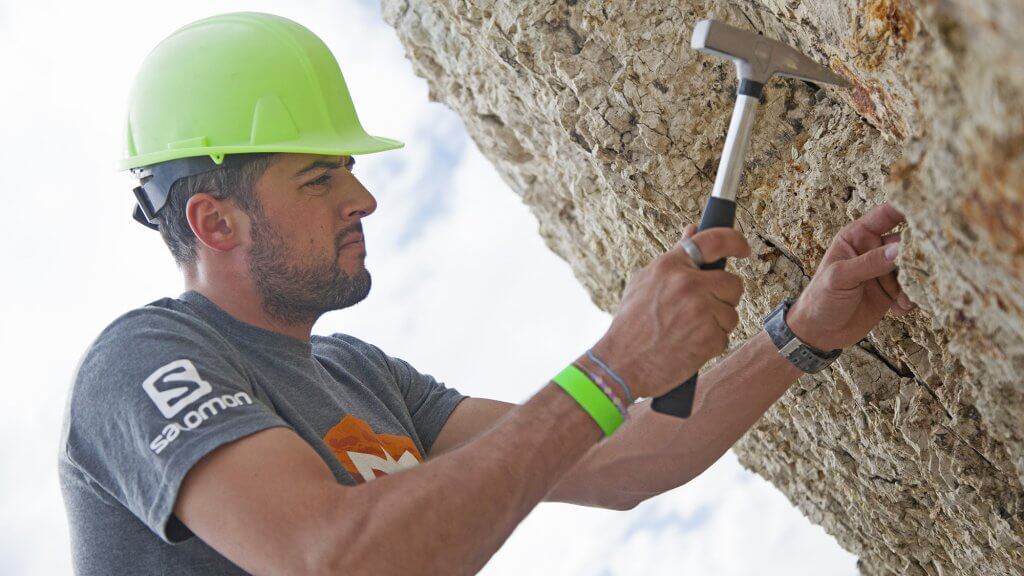
Black Fire Opal
Sheldon National Wildlife Refuge
Bonanza Opal Mines
Rainbow Ridge Opal Mine
Royal Peacock Opal Mine
The Black Rock Desert is a mysteriously alluring place for endless reasons—the Virgin Valley Black Fire Opal being one of them—and one of the top reasons visiting this northwestern neck of Nevada should be top of your summer to do. You may have heard of Black Fire Opal, but the Virgin Valley Black Fire Opal is completely different and extremely precious because of one little detail: the opal forms inside of a piece of prehistoric wood. Yeah, let that sink in for a second.
Nevada is the only place in North America to find the Virgin Valley Black Fire Opal—essentially the world, too—and is found in such sizeable quantities that rockhounders refer to it as opal fields. Fascinatingly enough, these guys were formed when volcanic ash filled an ancient lake millions of years ago… 14 million years to be exact. Inside the lake were dead trees, and throughout time, heat and pressure formed silica gel that slowly trickled through the ash, filling up the cavities and making Virgin Valley Black Fire Opals. With a precious gemstone this rare, it’s no wonder it earned its spot on the list as Nevada’s State Gemstone.
Where To See Black Fire Opal
The largest VVBFO ever discovered, known as the “Roebling Opal”, came out of Nevada’s Rainbow Ridge Mine in 1917, totaling in at a mind-melting 2,585 carats. If you don’t plan on visiting D.C. anytime soon, head for the deliciously remote northwestern Nevada. Pay the entry fees to dig alongside other rockhounders at the Bonanza Opal Mines, Rainbow Ridge, or Royal Peacock—trust us, it will be worth your while.
Don’t have the time to commit to a full-day excursion in the opal mines? If you’re passing through Denio, then dive into the VVBFO fields in the Sheldon National Wildlife Refuge. Word on the street is, you can pull right off the Highway 140 and 8A intersection, walk out in the sagebrush, and have success at finding these babes sitting right on top of the ground.
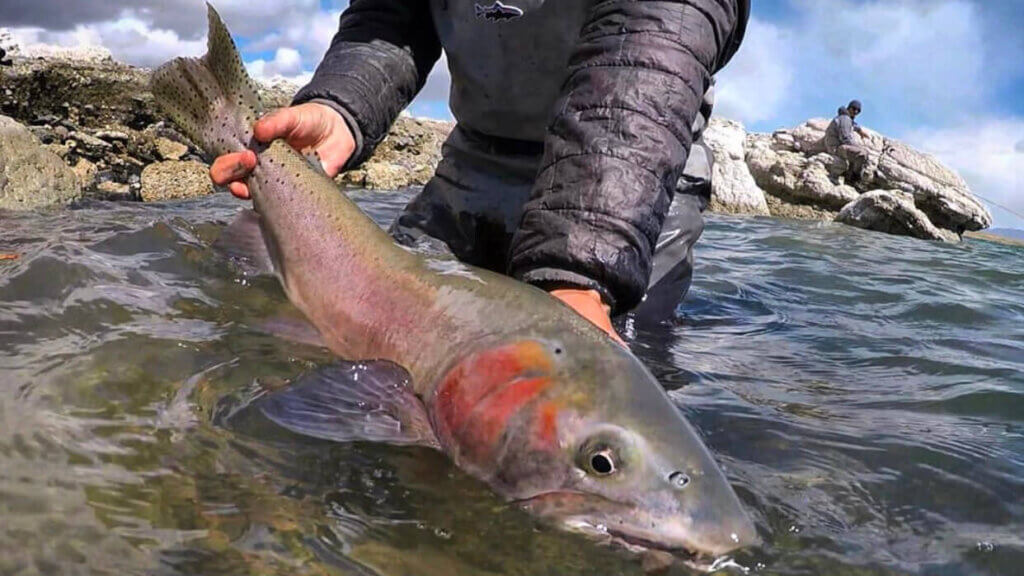
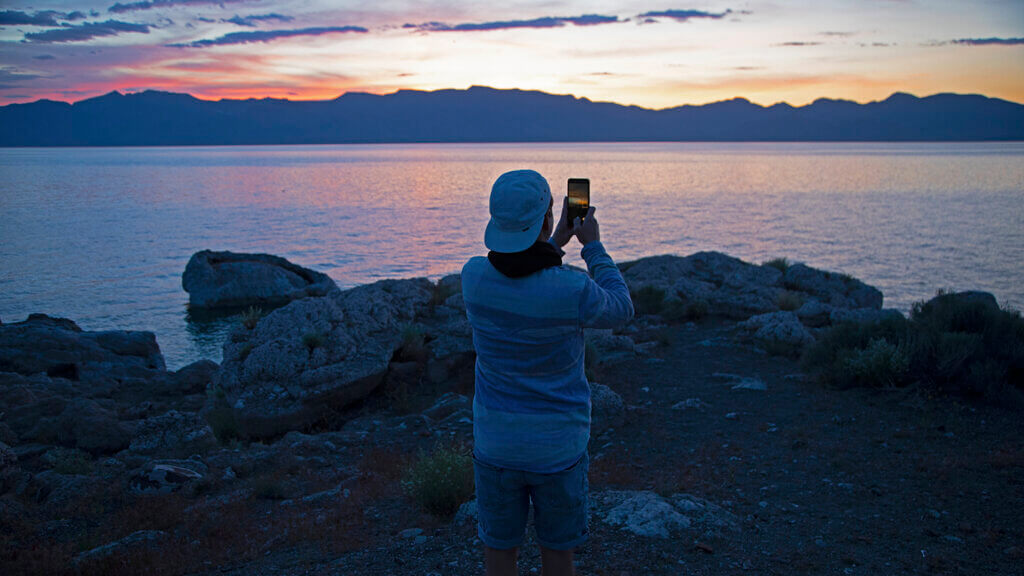
Lahontan Cutthroat Trout
Pyramid Lake
Whether you’re dreaming of reeling in a 20-pounder any day of the week, or merely coming in contact with a fish that’s managed to survive thousands upon thousands of years, search no further. The Lahontan Cutthroat Trout—Oncorhynchus Clarkii Henshawi—is the largest variety cutthroat trout and lives in rivers and streams in all 17 Nevada counties in a whopping 112 streams and small lakes found throughout the state. Though it’s currently found all over the flipping state, it wasn’t always this way….in fact, the LCT was completely decimated by 1943. Native to Pyramid Lake, the Lahontan Cutthroat Trout is of spectacular importance to the Pyramid Lake Paiute Tribe, and was very much depended on both as a food source and cultural icon.
Luckily, some LCT were discovered in a tucked away alpine lake in northeastern Nevada that had an identical genetic match as the prehistoric strain, endemic to Pyramid Lake. After careful cultivation, they were reintroduced to Pyramid Lake in the 1970s, and have basically come back from the dead, bolstered by several hatcheries in the area. Whether you’re fishing or just hanging near the shoreline, you’ll know you’ve spotted one if you see a greenish-gray fish with unmistakably yellow sides. Sometimes, they even have a bright strip of red or pink along the belly, and are usually pretty gargantuan in size. Aside from all that, they can live in alkaline lakes like Pyramid, which differentiates them from every other trout out there.
Where To Spot An LCT
Pyramid Lake, all the way. Shimmering like a mirage out of the stark high desert landscapes, there is no substitute for the Lahontan Cutthroat Trout’s native stomping grounds. Fish from the shoreline or by boat, or head straight for the Pyramid Lake Paiute Tribe Museum & Visitor Center for a window into lives of the people who have lived among the LCT for thousands of years.
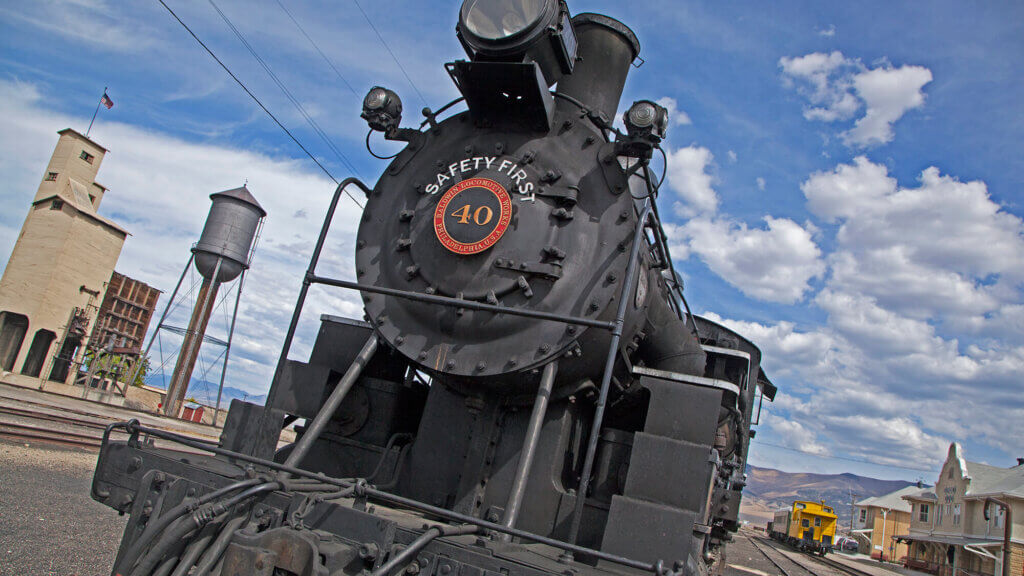
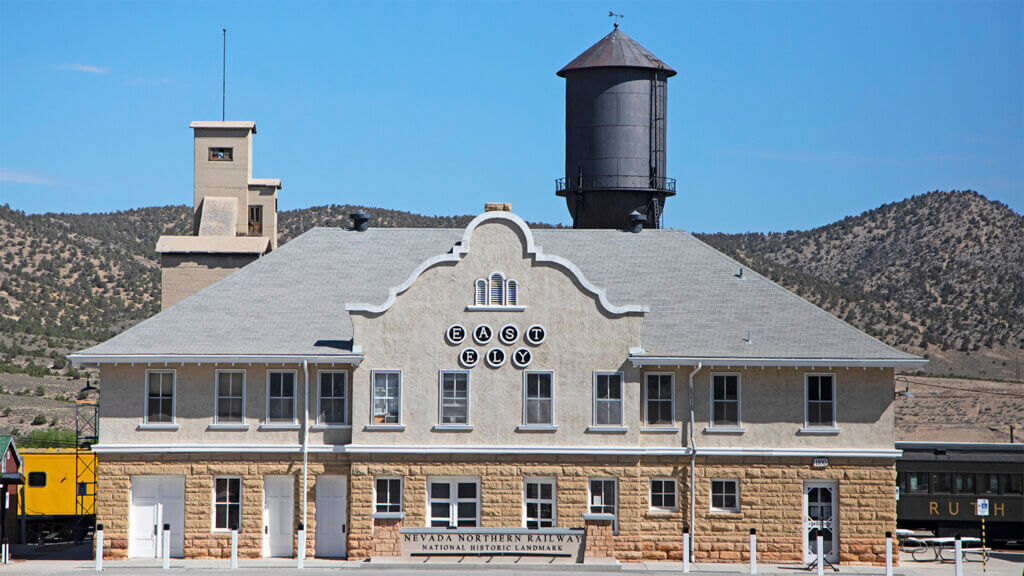
Engine No. 40
East Ely Railroad Depot Museum
Nevada Northern Railway
If you’ve got trains on the brain, then boy howdy, you’ve come to the right state. There are so many different amazing locomotive museums for the taking throughout the Silver State, but to see the official Nevada State Locomotive? Well then, head for Ely’s East Ely Depot and Nevada Northern Railway. Though only recently knighted as the Official State Locomotive in 2009, Engine No. 40 has been a fixture of the Nevada Northern Railway since 1910, after being built by the Baldwin Locomotive Works of Philadelphia. Copper production was and still is a big part of the Ely scene, but interestingly enough, Engine No. 40 originally served as a passenger train. Imagine, to snag a seat on the “Steptoe Valley Flyer” back when this thing was brand spankin’ new.
It was retired in 1941, but brought out for special celebrations in the next few decades up until the Nevada Northern Railway shut down for good and became a museum in the 1980s. Though there are a bajillion interesting facts about Engine Number 40, maybe the most interesting is this: it has been unaltered since being built in 1906. It’s been in a handful of movies, but is most famously known for leading the Haunted Ghost Train of Old Ely held each October.
Where To See Engine No. 40
Engine No. 40 has been a fixture of Ely since it arrived in the early 1900s, and doesn’t have any plans of leaving! To check out this original steam engine locomotive, be sure head for the East Ely Railroad Depot Museum and Nevada Northern Railway. Together, both museums present a robust window into the importance of the railroad operation that served Ely for more than 70 years.
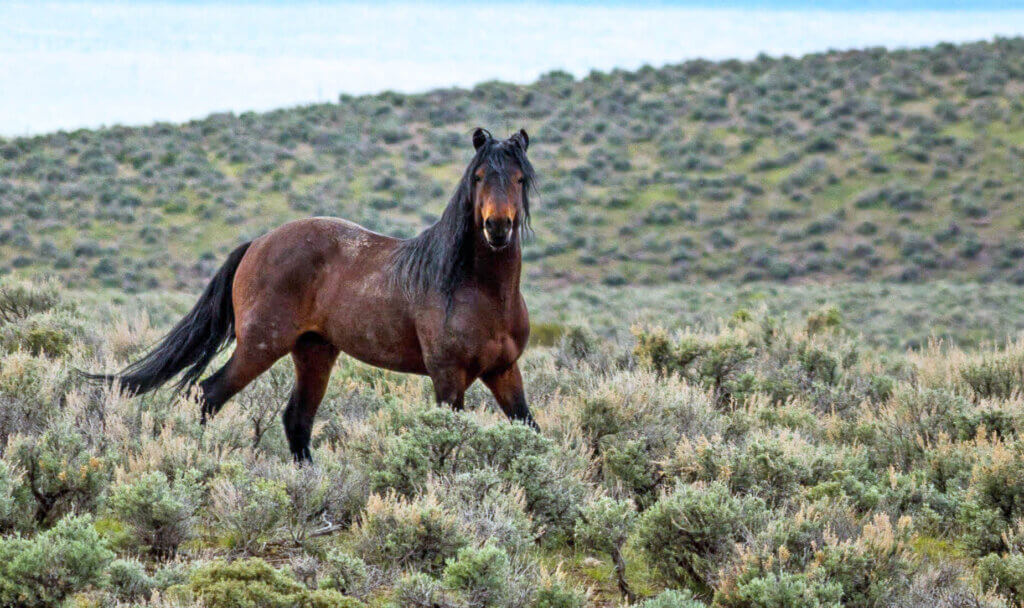
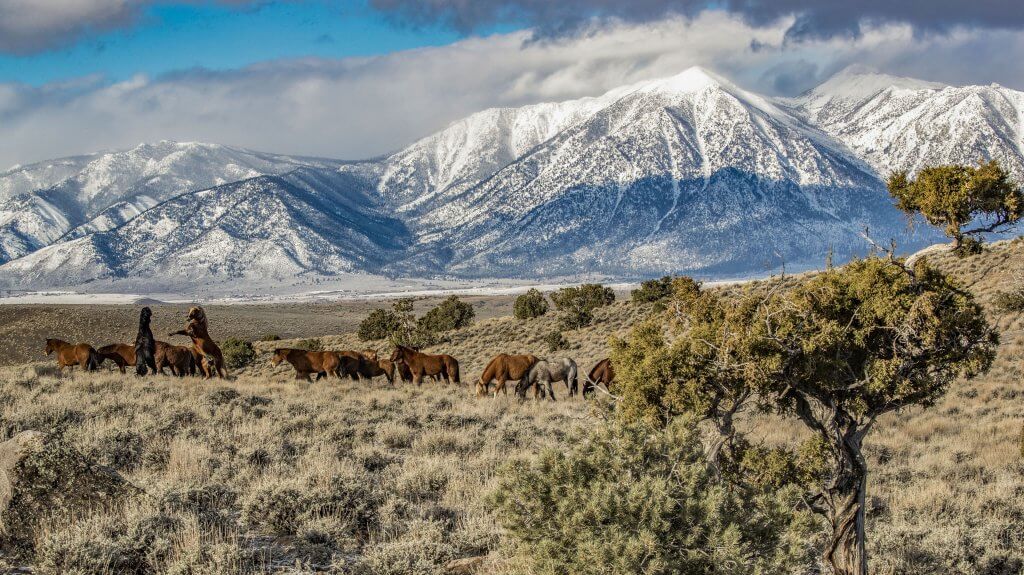
Wild Mustang
Nevada is home to Nearly 50% of the Nation’s Wild Horse Herds
Washoe Lake State Park
Virginia City
Cottonwood Ranch
Is there anything more freeing than watching a wild horse charge through the Nevada landscape and realize they’re not fenced in? Not only a Nevada icon but an icon of the American West, the Silver State is home to more than 60,000 wild mustangs and burros, most of them free-roaming throughout the state with the seasons. That means that Nevada is the homebase for more than 50% of the entire population of wild horses in the United States, if you can believe it. The 80 Herd Management Areas, managed by the Bureau of Land Management, are located within the 15 million acres of public land Nevada is made up of.
Where To Spot A Wild Horse
Wild Horses can be found all throughout northern Nevada, but large pockets of these wild beauties tend to linger around Washoe Lake State Park and Virginia City.
Looking for a more polished horse experience? Head for the Cottonwood Ranch in northeastern Nevada—a five-generation dude ranch devoted to telling the heritage and tradition of the Great Basin Buckaroo.
Get Inspired
Related Stories
